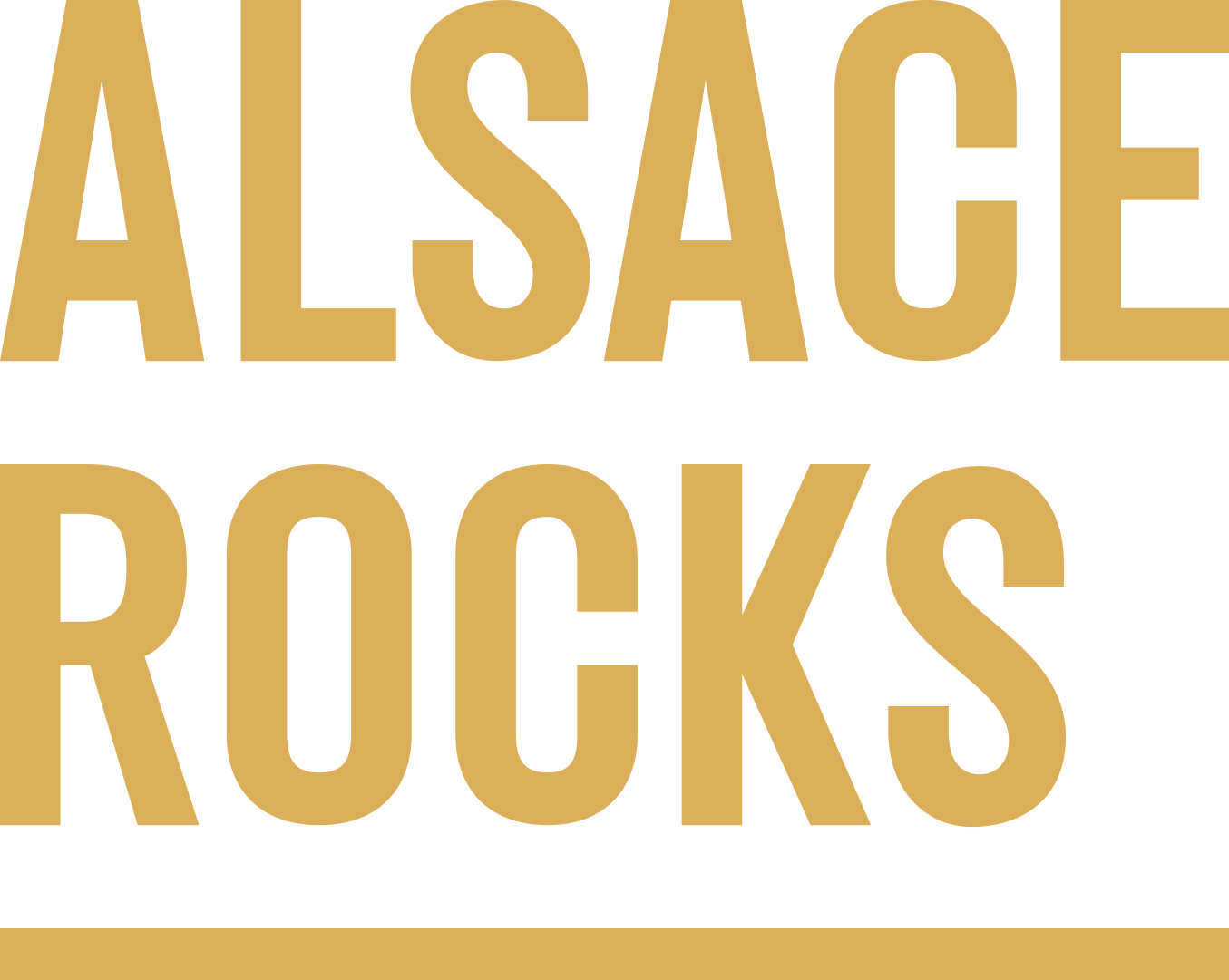By Rich Mauro Special to The Gazette Feb 1, 2023
Riesling is an enigma. The grape can make some of the planet’s greatest white wines. But it also may be the most underappreciated white wine. It’s subject to misperceptions, such as “all riesling is sweet” and “it’s only grown in Germany.” Contrary to those misperceptions, Alsace riesling is mostly dry. And it can reach equally majestic heights as German riesling.
Located in northeastern France between the Rhine River and the Vosges mountains, on the borders of Germany and Switzerland, Alsace has a history of invaders occupying it as a strategic geopolitical position. In addition to Strasbourg and Colmar, much of its charm is in the many small villages that have been preserved throughout that history.
Farming of grapes began with the Romans in the second century. Over the next 1800 years, its wine suffered many inconsistencies, largely a result of war, occupation and overproduction. After the first world war, a tentative renewal began; efforts to improve quality advanced further after the second world war and really took hold in the 1970s. Today, many would say Alsace is one of the highest quality and most beautiful wine regions of France.
The cool, dry climate and diversity of terroirs, especially on hillsides, is ideal for riesling, which made its way from Germany at the end of the 15th century. But it was only in the 1960s that it reached the top position of production in Alsace, where 90% is white wine.
Typically, riesling d’Alsace (usually a blend of selected vineyards, unless otherwise noted) is enticingly aromatic, fresh, elegant and most often dry. Expect citrus, peach, apricot, apple, pear, occasionally a touch of spice and especially with Grands Crus (highest classified vineyards) and lieux-dits (other single vineyard wines) mineral elements. The wines, especially the Grands Crus and lieux-dits, age well. They are fine food wines, especially fish, shellfish, poultry, richly sauced, oysters, caviar and cheese. Recommended wines include:
• 2017 Mélanie Pfister "Engleberg" Grand Cru ($48), small estate established in 1780; farmed organically; full, intense, searing lemon, structured elegance, luscious, stony, earthy.
• 2017 Domaines Schlumberger “Saering” Grand Cru ($36), founded in 1810 on vineyards originally planted by the Romans; 100% estate- bottled; mouthwatering, youthful mixed citrus fruits, apple, focused, stony, spice.
• 2020 Meyer-Fonné Reserve ($28), family owned since founding in late 19th century; includes fruit from Grand Cru and other single vineyards; juicy, concentrated, orange, elegant, stone, anise.
• 2019 Kuentz-Bas ($22), over 225 years old; biodynamic, sustainably farmed, minimal-intervention cellar practices; very dry, intense, energetic, green apple, apricot, anise
• 2019 Christophe Mittnacht “Terres d’Etoiles” ($29), family-run estate founded in 1958; certified biodynamic in 1999; delicate, fresh and floral,
• 2019 Cave de Ribeauvillé ($17,) founded in 1895; oldest wine co-operative in France, currently with 110 members; fresh apple, pear, citrus, flint.
